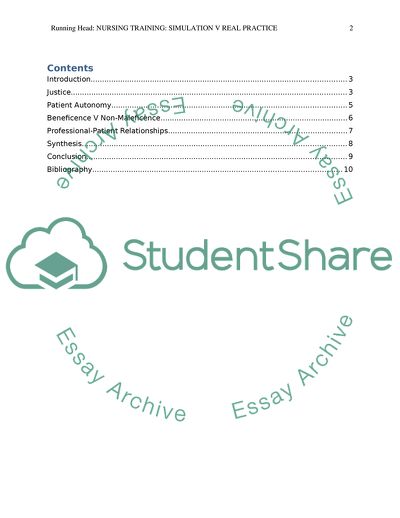Cite this document
(Simulation vs Real Practice in Nursing Training Coursework Example | Topics and Well Written Essays - 2000 words, n.d.)
Simulation vs Real Practice in Nursing Training Coursework Example | Topics and Well Written Essays - 2000 words. https://studentshare.org/health-sciences-medicine/1831703-effect-of-simulation-on-nursing-student-s-performance-versus-life-patient
Simulation vs Real Practice in Nursing Training Coursework Example | Topics and Well Written Essays - 2000 words. https://studentshare.org/health-sciences-medicine/1831703-effect-of-simulation-on-nursing-student-s-performance-versus-life-patient
(Simulation Vs Real Practice in Nursing Training Coursework Example | Topics and Well Written Essays - 2000 Words)
Simulation Vs Real Practice in Nursing Training Coursework Example | Topics and Well Written Essays - 2000 Words. https://studentshare.org/health-sciences-medicine/1831703-effect-of-simulation-on-nursing-student-s-performance-versus-life-patient.
Simulation Vs Real Practice in Nursing Training Coursework Example | Topics and Well Written Essays - 2000 Words. https://studentshare.org/health-sciences-medicine/1831703-effect-of-simulation-on-nursing-student-s-performance-versus-life-patient.
“Simulation Vs Real Practice in Nursing Training Coursework Example | Topics and Well Written Essays - 2000 Words”. https://studentshare.org/health-sciences-medicine/1831703-effect-of-simulation-on-nursing-student-s-performance-versus-life-patient.


